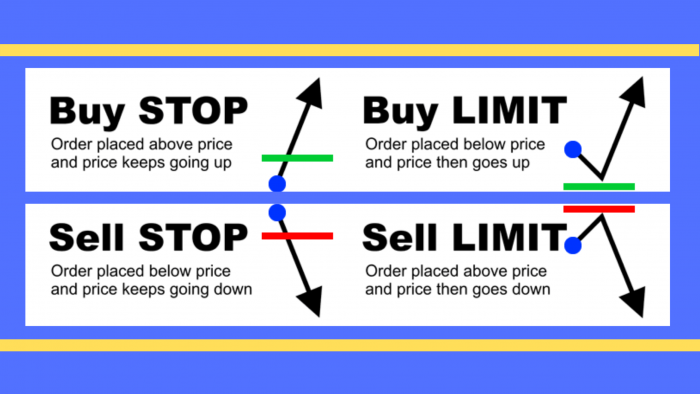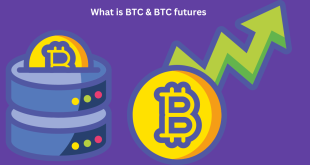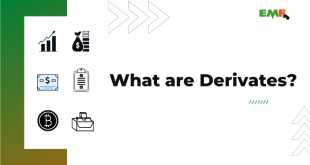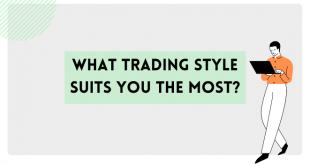Types of Forex Trading Orders
in the Forex market, there are several types of orders that can be executed by
a trader when making a Forex trade. For an individual to be a successful Forex
trader, it is essential to have a clear understanding of each type of order used.
This section will focus on the types of orders, which can be placed in the Forex
market. Also, note that totally different brokers supply differing kinds of orders and as
such take care to grasp the forms of orders your broker can settle for.
Market order
A Market Order, sometimes known as an “unrestricted order”, is an order to buy or sell
at the best available price. They can be used for exiting or entering a trade.
For example, let say EUR/USD is currently trading at 1.1140 and you’d like to buy (go
Long) this pair. If you place a purchase order you may enter the market attempting to induce that
1.1140 value however you’re telling the broker your priority isn’t on value, however on obtaining
filled and to get you at the “best available price

NOTE: Market orders DO NOT guarantee you will get the quoted price.
Limit Order
A Limit Order is an order placed with a broker to Buy or Sell a set number of shares at
a specified price “or better”.
They can be used to buy currencies below the market price or sell currencies above
the market price. For example, In the case of buying, when the market falls to your
limited order price, your order is executed. Conversely, in the case of selling, your order is
executed when the market rises to your limited order price. By using a limit order you can
ensure there is no slippage, unlike a market order.
Example: EUR/USD is currently trading at 1.1140. You want to go long
if the price reaches 1.1120. You can either choose to sit in front of your
monitor and wait for it to hit 1.1120 (at which point you would click a Buy
market order), or you can set a Buy Limit order at 1.1120 (and be able to
walk away from your computer)
Stop Order
A Stop Order is an order placed with a broker to buy or sell a currency “at the market” when
it reaches a pre-determined price. It is designed to limit a trader’s loss on a currency
position, or for additional advanced order entry techniques, possibly used to enter into a
position.
Example: You went long (Bought) EUR/USD at 1.1210. To limit yo
maximum loss, you set a Sell Stop order at 1.1150 (60 pips below your
entry worth as a life to limit your most loss). This means if you were
wrong concerning the worth movements and therefore the EUR/USD drops to one.4150 your
Sell stop-loss order would execute a market sell order at one.4150 and shut out
your position at the best available price.
Trailing Stop Order
A Trailing Stop Order is a Stop Order that “trails” a pre-determined percentage level
(or pip level) from the market price.
Example: If you bought EUR/USD at 1.2100 and placed a Trailing Sell Stop
20 pips from your position value of 1.2100, then your Sell Stop would start
at 1.2080. IF the market enraptured in your favor and visited 1.2101, then your
Training Sell stop-loss order would mechanically move up one pip to one.2081
in order to convey to you the most loss of twenty pips. If the market then went back
down to 1.2100 and further to 1.2090 and so on, your Trailing Stop Order
would not move to ensure you lose no more than the maximum allowed when
it was entered – which was 1.2080.
One Cancels the Other (OCO)
Also known as “One Cancels Other”, OCO’s are 2 orders on either side of the current
market prices that is usually placed AFTER you are already in a position. So if the EUR/
USD is presently at 1.2100, you could have one Sell Limit order in at 1.2200 (to capture
100 pips of profit), while also a Sell Stop at 1.2000 (to limit your loss to 100 pips).
The advantage of an OCO order is that if the market goes to one of these orders and
gets filled, it will automatically cancel the other order without you having to do anything,
whereas if you placed individual Stop and Limit orders and therefore the market is moving loads
you could be filled on both orders which you did not intend.
NOTE: OCO’s stipulate that if one of your orders gets filled, then the other order
is automatically canceled.
Good ‘til Canceled (GTC)
Good ‘til Canceled order is an order to buy or sell a security at a set price that is active
until the capitalist decides to cancel it or the trade is dead. Your broker will not
cancel the order at any time, nor will it expire on you. Therefore, it is your responsibility
to remember that you have the order scheduled
NOTE: Most retail Forex brokers default any order as GTC, but be sure to check
and make sure.
Good For the Day (GFD)
A GFD order remains active in the market until the end of the trading day. Because
foreign exchange could be a 24-hour market, this usually means 5 pm EST since that’s
U.S. markets shut, however, it’s counseled that you simply check together with your broker
Best breakout trading strategy Make every trade profit click here
 Earn Money Forex Best Forex Trading Experience
Earn Money Forex Best Forex Trading Experience







